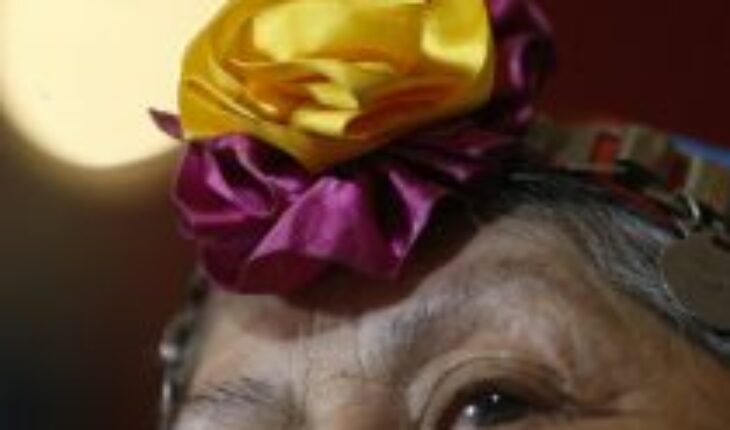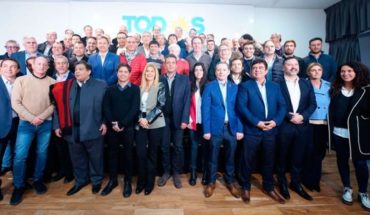Old age has taken center stage in our country, in the public sphere, in academia and in civil society. The public sphere, headed by the National Service for Older Adults (SENAMA), has experienced progress and central positioning in social policies. These advances are aimed at promoting an old age with quality of life and with an interdisciplinary, intersectoral and multidimensional perspective. In the academic field, every year there are more university professors who specialize in aging baths and publish scientific articles, books, manuals, lead projects and train professionals from various areas to face this new demographic structure in Chile. Meanwhile, in civil society there are various initiatives to make visible the various ways of aging and, especially, to face the unequals and discriminations experienced by the elderly.
Faced with these advances and prominence of the elderly: How is old age conceived in Chile? Is old age a homogeneous experience for all seniors? How do we address ageing in ethnic minorities in Chile? Unfortunately, in Chile, old age is still usually conceived as a negative, pathological and vulnerable stage, either due to comorbidity, physical and cognitive deterioration, loss of purchasing power, and what is certainly curious is that this life experience is also conceived as a homogeneous experience. In this regard, social policies in the country have not advanced towards non-homogenizing models of old age and this applies to the various spheres of intersectionality: gender, age, ethnicity, territory, etc. Progress remains to be made towards ethnically relevant policies that incorporate diversity as a central axis.
For some years now, a group of researchers from various disciplines of the social sciences – social work, sociology, geography, psychology – have been developing a project (funded by the National Agency for Scientific and Technological Research, ANID) to make visible the aging in the various indigenous peoples and the Afro-descendant tribal people.
These projects, which began in 2014, have managed to demystify the pathological, vulnerable and negative aging of indigenous and Afro-descendant Chilean older people, demonstrating the relevance of maintaining cultural practices, such as religious and cultural traditions; productive and reproductive activities; language and intergenerational transmission; the power to age in one’s own territory (rural enclaves) and the construction of a solid ethnic identity for the promotion of an old age with quality of life.
The website of this study (see here) aims to account for the findings made in the different peoples investigated, such as the Aymara, Quechua, Atacameño, Colla, Chango, Diaguita, Rapa Nui, Mapuche, Huilliche, Kawésqar and Afrodescendant. There you can access the scientific activities of the team and the most relevant results that allow dialogue with public policy and, especially, with municipal policies with a view to avoiding the depopulation of rural and indigenous localities; generate programs to optimize opportunities for active aging; and, perhaps most centrally, to maintain, consolidate and perpetuate the ethnic identity of each people.
How do we age in indigenous communities?
January 16, 2023 |





